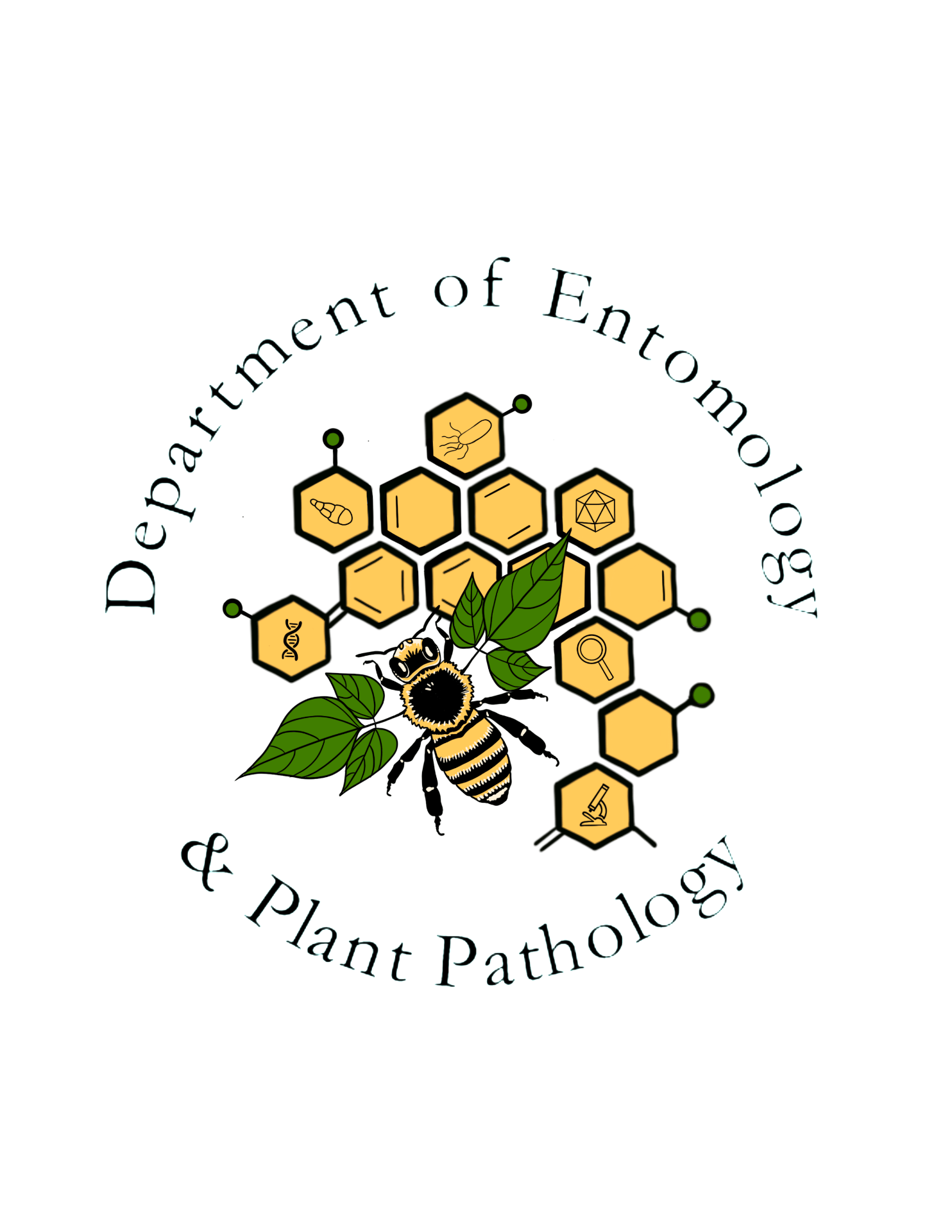Head louse
Order: Phthiraptera
Family: Pediculidae
Genus and species: Pediculus humanus capitis De Geer

Head lice are parasitic, blood-sucking insect found on the human head, eyebrows, and eyelashes. They are not known to spread disease. They appear to have achieved a worldwide distribution rapidly along with their human host. They are clearly host specific, having coevolved with hominids in Africa and spread out across the world druing the Quaternary Period. In the United States, head louse infestations are most common among pre-school children in child care settings, elementary schoolchildren, and people living in homes with infested children. Infestations are most commonly spread by head-to-head contact with an infested child. Pest do not spred head lice. Female lice firmly cement hard, oval eggs, known as nits, to the bases of a hairs, near the scalp. First instar nymphs hatch from the eggs and look very much like adult lice, except that they are smaller. They develop into second and then third instar nymphs, and finally into mature adults about the size of a sesame seed. Adults can live on a person’s head for about four weeks. They soon die when separated from their human hosts. They hold tightly onto hairshafts with hook-like claws on their legs. Head louse infestations can be controlled using a variety of over-the-counter and prescription medications. Over-the-counter medications contain pyrethrins or permethrin. Benzyl alcohol lotion, ivermectin lotion, and Malathion lotion are available only by prescription. Head and body lice are very similar in appearance, but body lice are confined to hairless parts of the human body, occurring commonly on clothing, where they lay their eggs. Head lice are confined to the head hair. Head lice are particularly associated with school-age children. Body lice are more frequently associated with old and poor people. There are only two species in the family Pediculidae, Pediculus humanus, which parasitized humans, and Peduculus schaefii, which parasitizes gibbons and great apes. It is hypothesized that some six million years ago, before the human and ape lineaes split, there was a single pediculus species. It then evolved into two sister species. When humans lost their thick body hair, perhaps 1.8 million years ago, the louse would have been restricted to head hair. When humans started wearing clothing, the head louse started living in it, evolving into the body louse.
